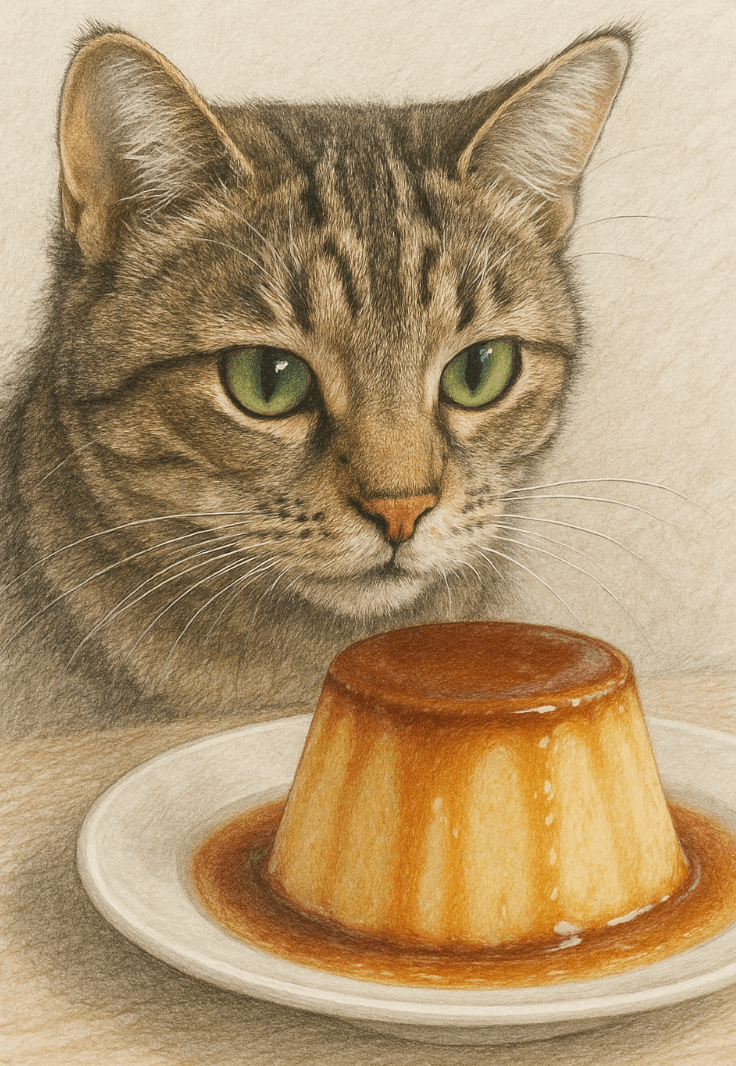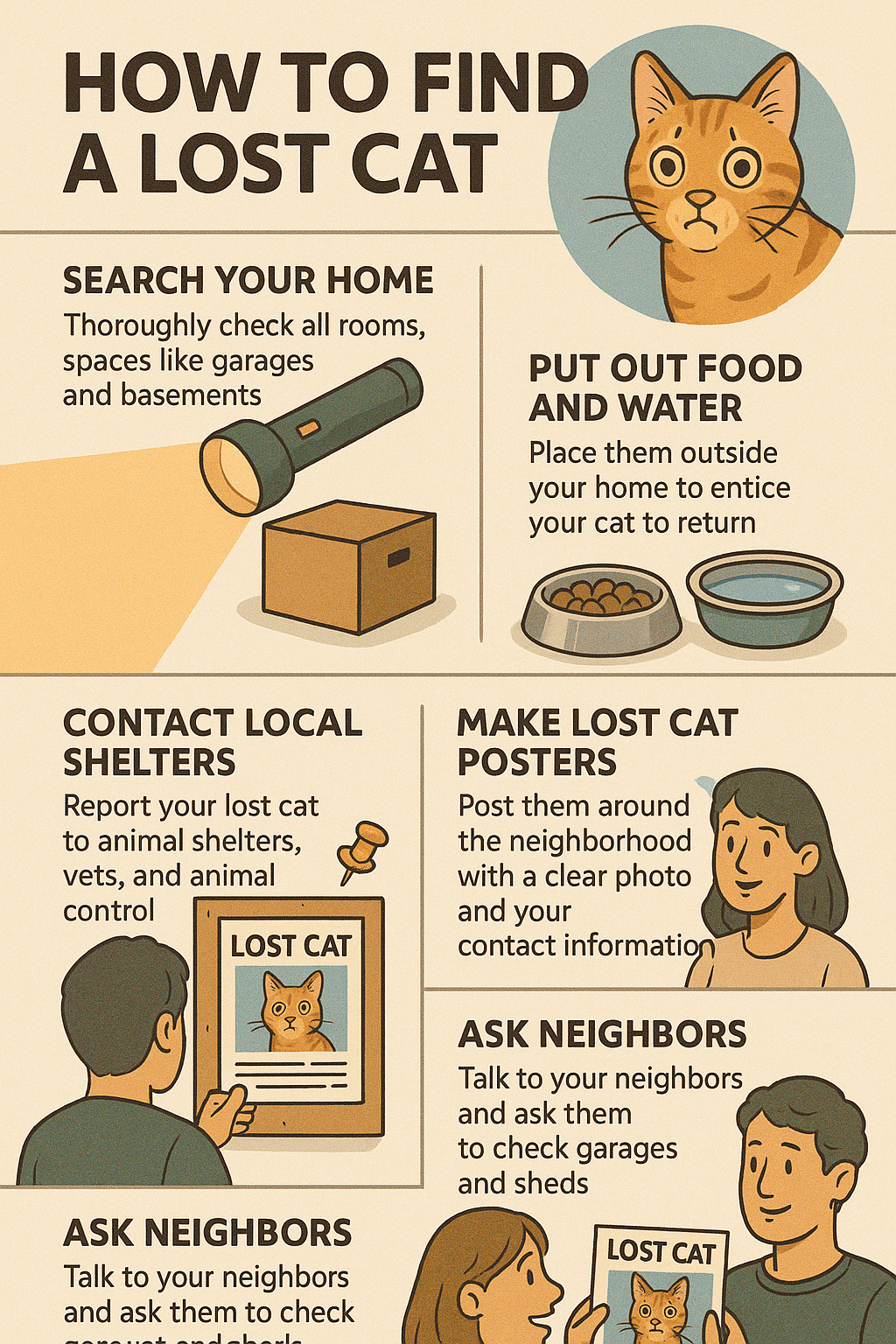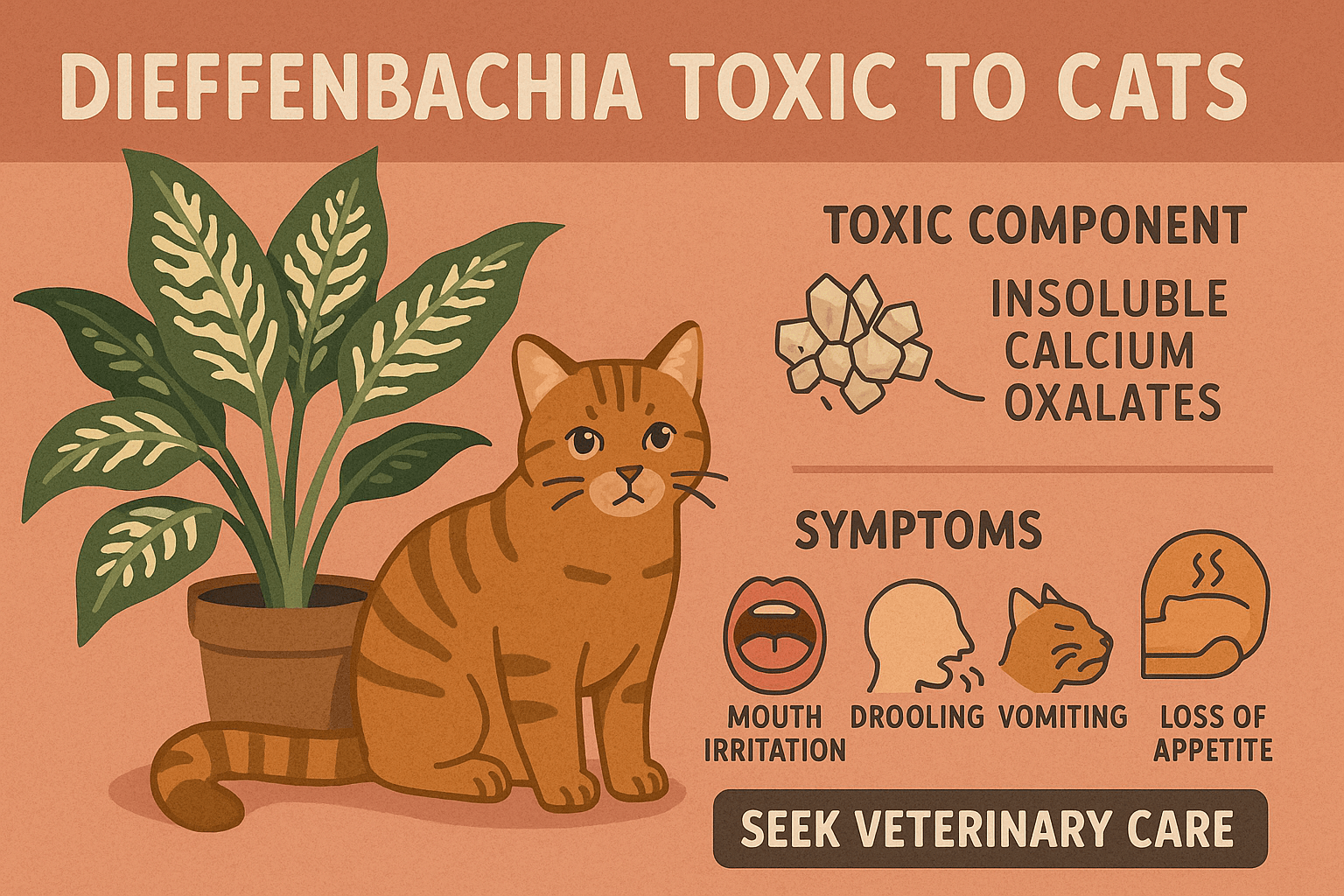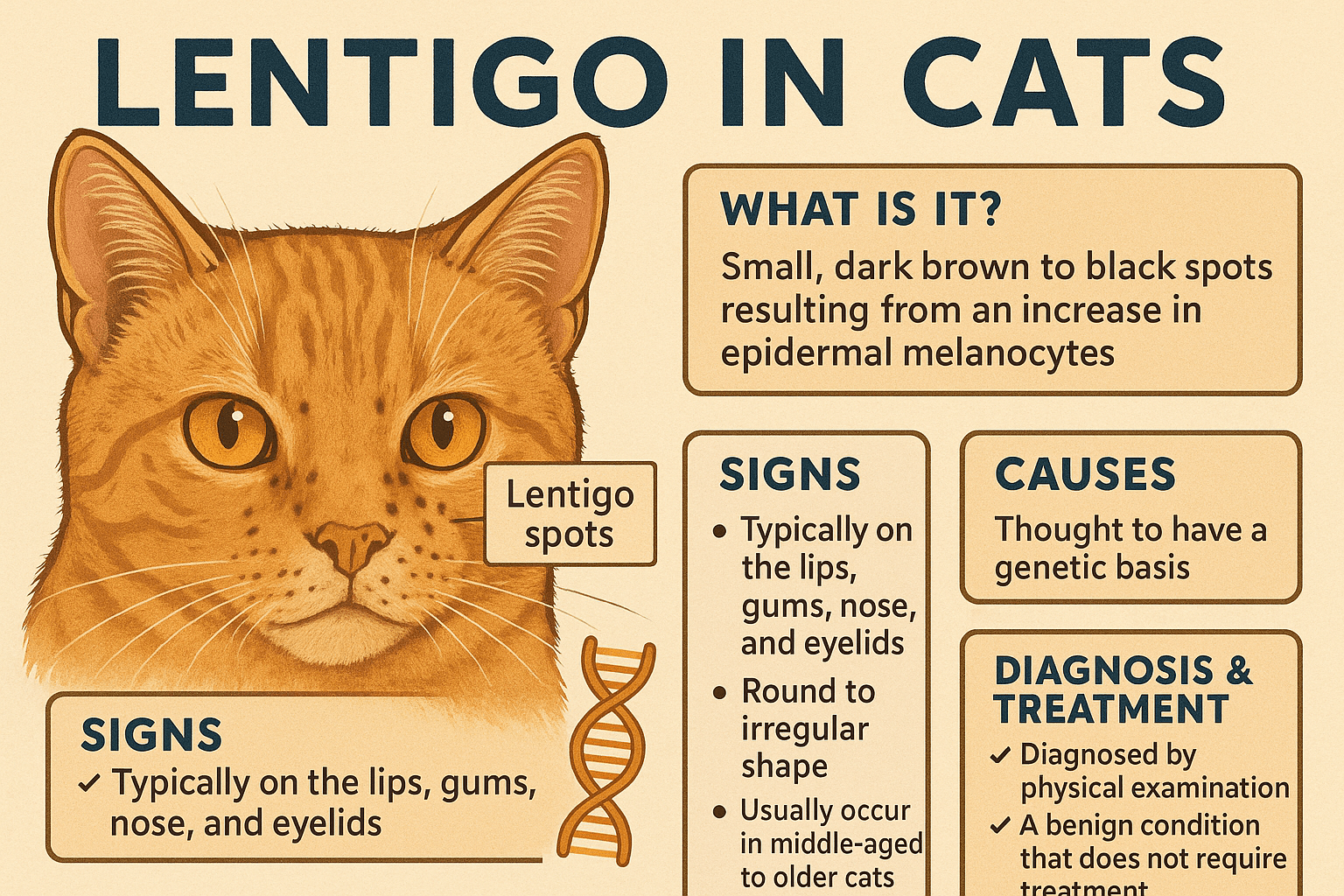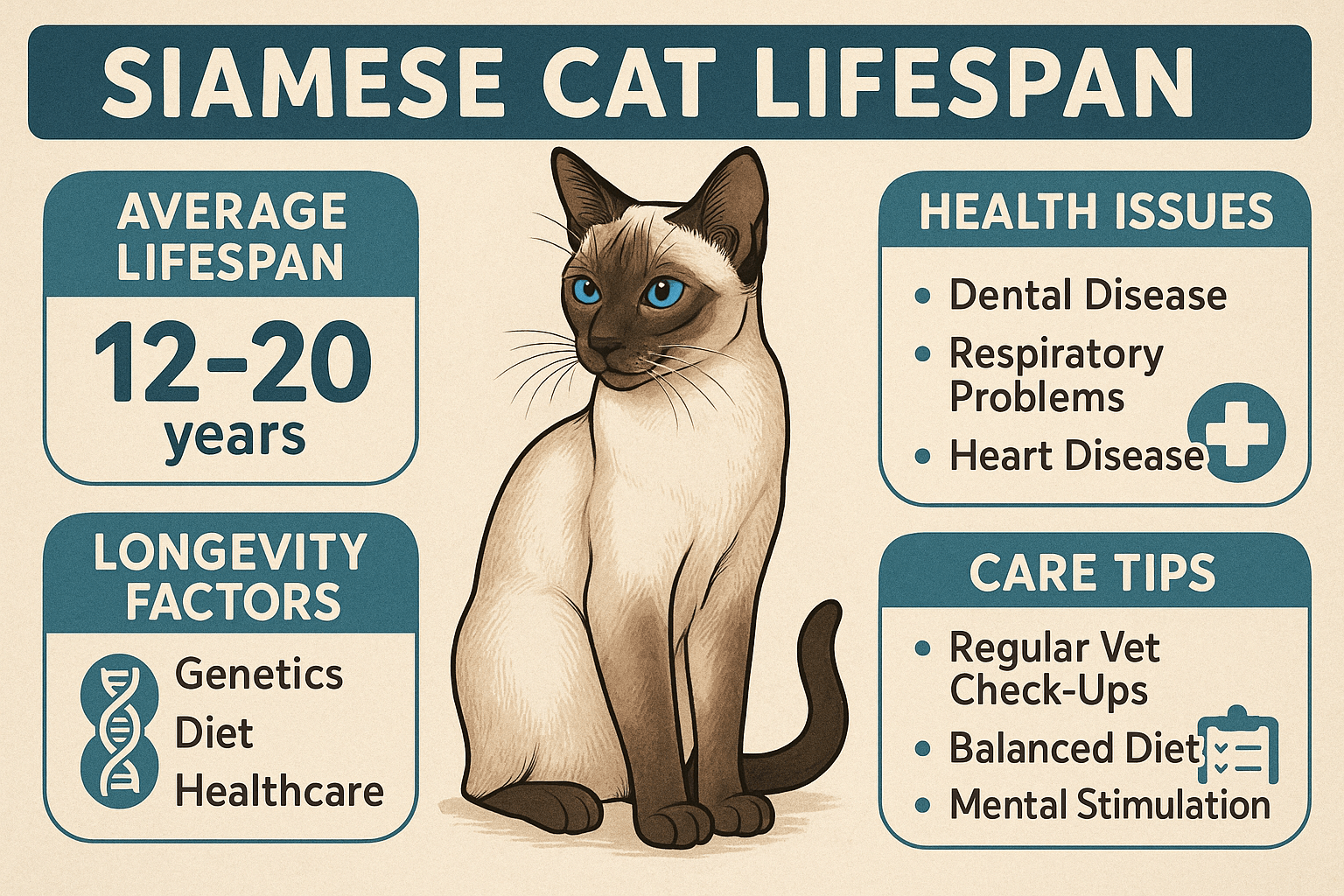Can Cats Eat Flan? What You Need to Know
Flan, the creamy and sweet custard dessert, is a favorite treat for many people. But what happens if your curious feline friend shows interest in this indulgent dish? While cats are naturally drawn to new smells and tastes, not all human foods are safe for them to consume. Understanding whether flan is safe for cats—and why or why not—can help you make informed decisions about their diet. In this blog post, we’ll explore the ingredients in flan, potential risks, safer alternatives, and tips for keeping your cat healthy while satisfying their curiosity.
Key Ingredients in Flan and Their Effects on Cats
Flan may look harmless, but its ingredients can pose risks to your cat’s health. Here’s a breakdown of what makes up this dessert and how it affects felines.
Sugar Content:
Flan is high in sugar, which can lead to obesity, diabetes, and dental issues in cats if consumed regularly.Dairy Products:
Many flan recipes include milk or cream, which most adult cats cannot digest due to lactose intolerance.Eggs:
While eggs themselves aren’t toxic, raw or undercooked eggs in homemade flan could carry salmonella or other bacteria harmful to cats.Vanilla Extract:
Vanilla extract often contains alcohol, which is toxic to cats even in small amounts.Artificial Sweeteners:
Some store-bought flans may include artificial sweeteners like xylitol, which is highly toxic to cats and can cause severe reactions.
These ingredients highlight why flan is not an ideal treat for cats and should be avoided to protect their health.
Potential Risks of Feeding Flan to Cats
While a tiny taste might not immediately harm your cat, feeding them flan can lead to several short-term and long-term health issues. Understanding these risks will help you prioritize your pet’s well-being.
Digestive Upset:
The combination of sugar, dairy, and unfamiliar flavors can upset your cat’s stomach, leading to vomiting or diarrhea.Toxicity from Alcohol:
Even trace amounts of alcohol in vanilla extract can cause lethargy, difficulty breathing, or worse in cats.Weight Gain and Obesity:
High-calorie desserts like flan contribute to unhealthy weight gain, increasing the risk of chronic conditions.Allergic Reactions:
Some cats may develop allergic reactions to certain ingredients, resulting in itching, swelling, or respiratory distress.Nutritional Imbalance:
Feeding sugary treats displaces nutrient-dense foods, potentially leading to deficiencies over time.
Avoiding flan ensures your cat stays healthy and free from unnecessary complications.
Check this guide 👉Can Cats Eat Feta? Best 7 Expert Tips!
Check this guide 👉Can Cats Eat Scallions? Best 7 Expert Tips!
Check this guide 👉Can Cats Eat Sesame Oil? Best 7 Expert Tips!
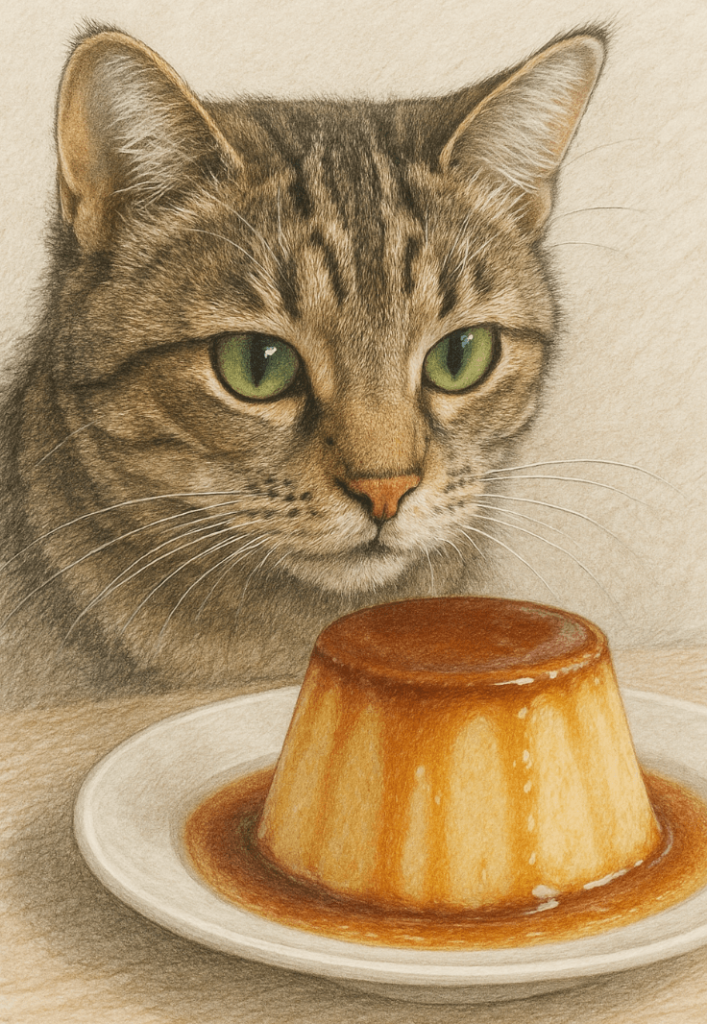
Safe Treats for Cats | Foods to Avoid Giving Cats |
|---|---|
Plain cooked chicken (no seasoning) | Sugary desserts like flan |
Small pieces of fish (boneless) | Foods containing alcohol |
Pumpkin puree (unsweetened) | Dairy products (milk, cream) |
Catnip-infused snacks | Artificial sweeteners (xylitol) |
Fresh fruits (like blueberries) | Chocolate or caffeine-based items |
How to Safely Satisfy Your Cat’s Sweet Tooth
If your cat seems interested in sweets, there are healthier ways to indulge their curiosity without compromising their health.
Offer Cat-Specific Treats:
Look for treats formulated specifically for cats, ensuring they’re nutritionally balanced and safe.Try Freeze-Dried Meat Snacks:
These mimic the texture of soft desserts while providing protein and essential nutrients.Use Unsweetened Pumpkin Puree:
A small spoonful of plain pumpkin puree can satisfy cravings and aid digestion.Introduce Fresh Fruits:
Berries or melon slices (in moderation) are safe and refreshing alternatives to sugary desserts.Stick to Water-Based Rewards:
Sometimes, simply offering fresh water or ice cubes can redirect their attention away from unhealthy foods.
By choosing these options, you can keep your cat happy and healthy while avoiding harmful treats like flan.
Signs Your Cat May Have Eaten Something Harmful
If your cat accidentally consumes flan or another unsafe food, watch for these warning signs that indicate a potential issue.
Vomiting or Diarrhea:
Gastrointestinal distress is one of the first signs of dietary indiscretion or toxicity.Lethargy or Weakness:
A sudden drop in energy levels could signal poisoning or illness caused by harmful ingredients.Excessive Drooling:
This symptom may suggest nausea or irritation from consuming something toxic.Difficulty Breathing:
If your cat has ingested alcohol or other dangerous substances, labored breathing may occur.Loss of Appetite:
Refusal to eat after trying a new food indicates possible discomfort or sickness.
Recognizing these symptoms early allows you to seek veterinary care promptly, preventing further complications.
Common Mistakes to Avoid When Feeding Cats Human Food
Feeding cats human food requires careful consideration to avoid mistakes that could harm their health. Here are some pitfalls to watch out for.
Assuming All “Natural” Foods Are Safe:
Just because a food is natural doesn’t mean it’s suitable for cats; examples include onions, garlic, and grapes.Overlooking Portion Sizes:
Even safe foods can cause problems if given in excessive amounts, leading to obesity or digestive issues.Ignoring Ingredient Lists:
Store-bought foods may contain hidden toxins like xylitol or preservatives that are harmful to cats.Forgetting About Lactose Intolerance:
Many adult cats cannot digest dairy, so foods like cheese or milk should be avoided.Neglecting Veterinary Advice:
Always check with your vet before introducing new foods to prevent accidental harm.
Avoiding these mistakes ensures your cat stays safe and healthy.
Healthier Alternatives to Flan for Cats
If your cat craves something special, here are some nutritious and safe alternatives to consider instead of flan.
Plain Cooked Chicken:
Shredded, unseasoned chicken provides protein and satisfies their carnivorous instincts.Freeze-Dried Liver Treats:
These crunchy snacks are packed with flavor and nutrients, making them a favorite among cats.Unsweetened Yogurt Drops:
Lactose-free yogurt drops offer a creamy texture without the risks of dairy.Small Pieces of Banana:
Bananas are rich in potassium and can be offered in moderation as a sweet yet safe treat.Homemade Catnip Cookies:
Made with cat-safe ingredients, these treats are a fun and healthy way to spoil your pet.
These alternatives allow you to indulge your cat without compromising their health.
Understanding Your Cat’s Dietary Needs
Cats have specific dietary requirements that differ significantly from humans, making it crucial to tailor their meals accordingly.
Obligate Carnivores:
Cats require a diet primarily composed of animal-based proteins to thrive, unlike humans who can digest plant-based foods.Limited Tolerance for Carbs:
Unlike humans, cats don’t need carbohydrates and can struggle to process them efficiently.Hydration Through Food:
Wet or moist foods help meet their hydration needs, as cats often don’t drink enough water on their own.Essential Nutrients Like Taurine:
Taurine, found in meat, is vital for heart and eye health and must be included in their diet.No Room for Sugary Treats:
Cats lack the taste receptors for sweetness, meaning sugary foods like flan hold no nutritional value for them.
Understanding these needs ensures your cat receives a balanced diet that supports their overall health and happiness.
Frequently Asked Questions About Cats and Flan
Is a small bite of flan okay for my cat?
While a tiny taste might not harm them, it’s best to avoid giving flan altogether due to its unhealthy ingredients.
What should I do if my cat eats flan?
Monitor them closely for signs of illness, and contact your veterinarian if you notice any concerning symptoms.
Are there any desserts safe for cats?
Yes, plain yogurt (lactose-free), unsweetened applesauce, or freeze-dried meat snacks are safer options.
Why does my cat beg for human food?
Cats are naturally curious and drawn to new scents, but begging doesn’t mean they should eat everything they want.
Can kittens eat flan?
No, kittens have sensitive digestive systems and should never be given sugary or dairy-heavy foods like flan.
Prioritizing Your Cat’s Health Over Curiosity
While it’s tempting to share your favorite treats with your furry friend, foods like flan are best left off their menu. By understanding the risks associated with human desserts and opting for cat-safe alternatives, you can keep your pet happy, healthy, and satisfied. Always prioritize their well-being by being mindful of what they consume, and consult your veterinarian if you’re ever unsure about a particular food. Remember, a little caution goes a long way in ensuring your cat enjoys a long and joyful life by your side.
How to Find a Lost Cat: Best 7 Expert Tips! Discover actionable strategies to locate your missing cat, understand their behavior, and prevent future escapes with expert advice.
Is Dieffenbachia Toxic to Cats? Best 7 Expert Tips! Discover the dangers of Dieffenbachia, symptoms of poisoning, and how to keep your cat safe with expert advice and preventive measures.
Lentigo in Cats: Best 7 Expert Tips! Discover expert advice on understanding, identifying, and managing lentigo in cats to ensure your feline's health and happiness.
Siamese Cat Lifespan: Best 7 Expert Tips! Discover how to maximize your Siamese cat’s longevity with expert advice on health, care, and lifestyle for a happy, thriving feline companion.

